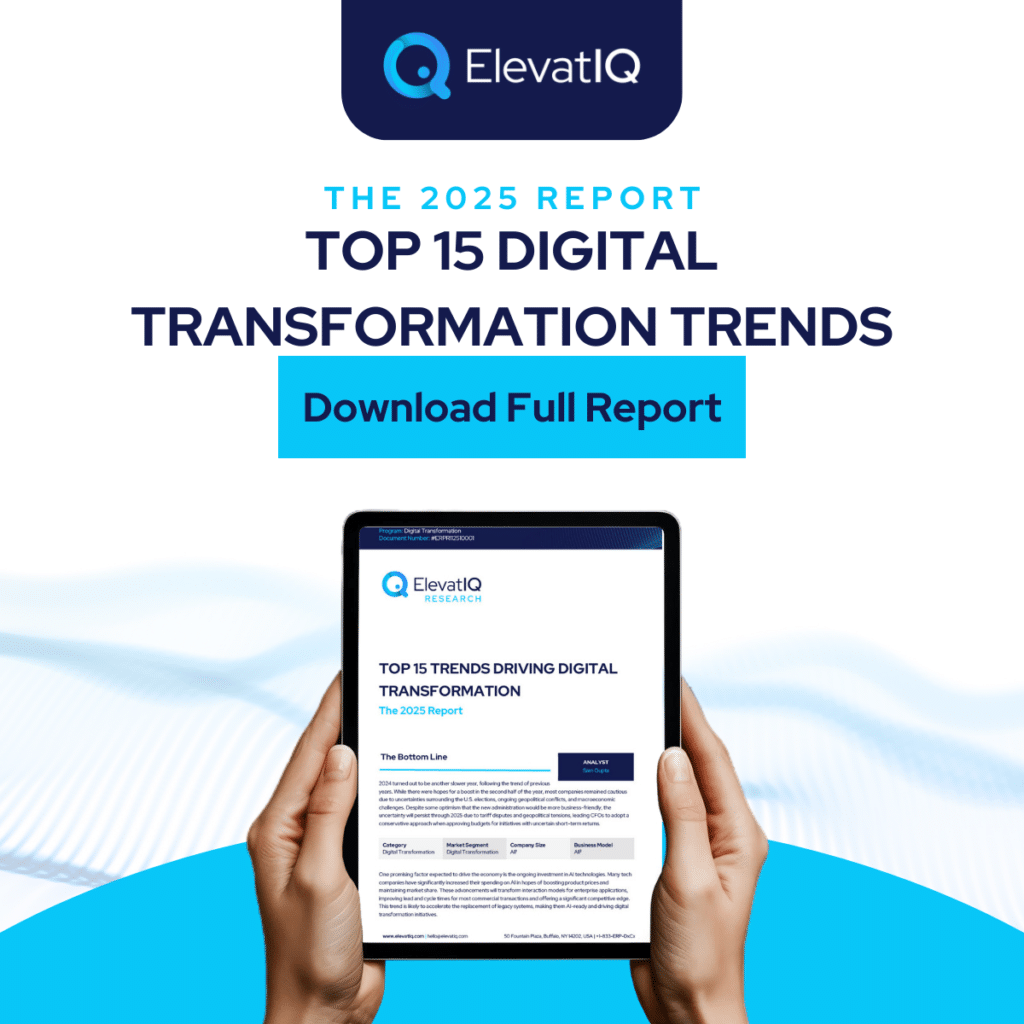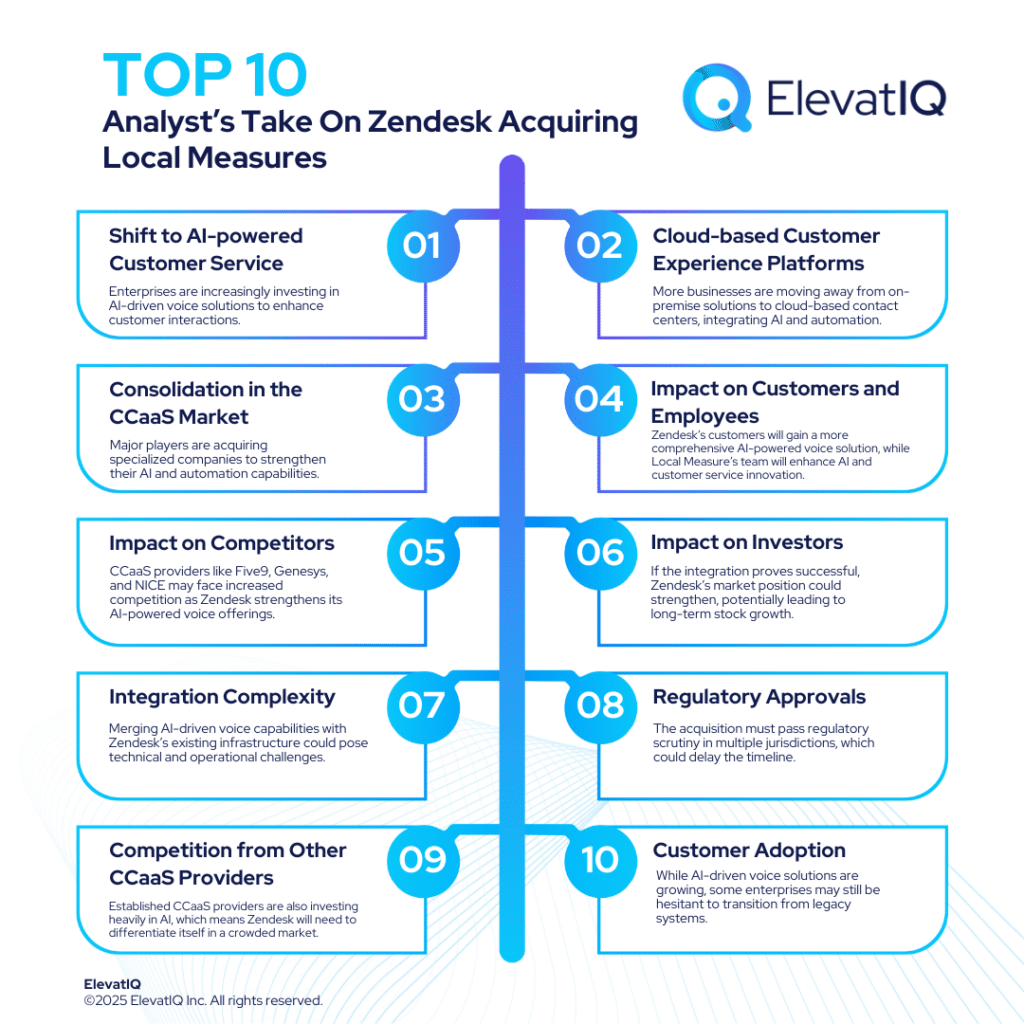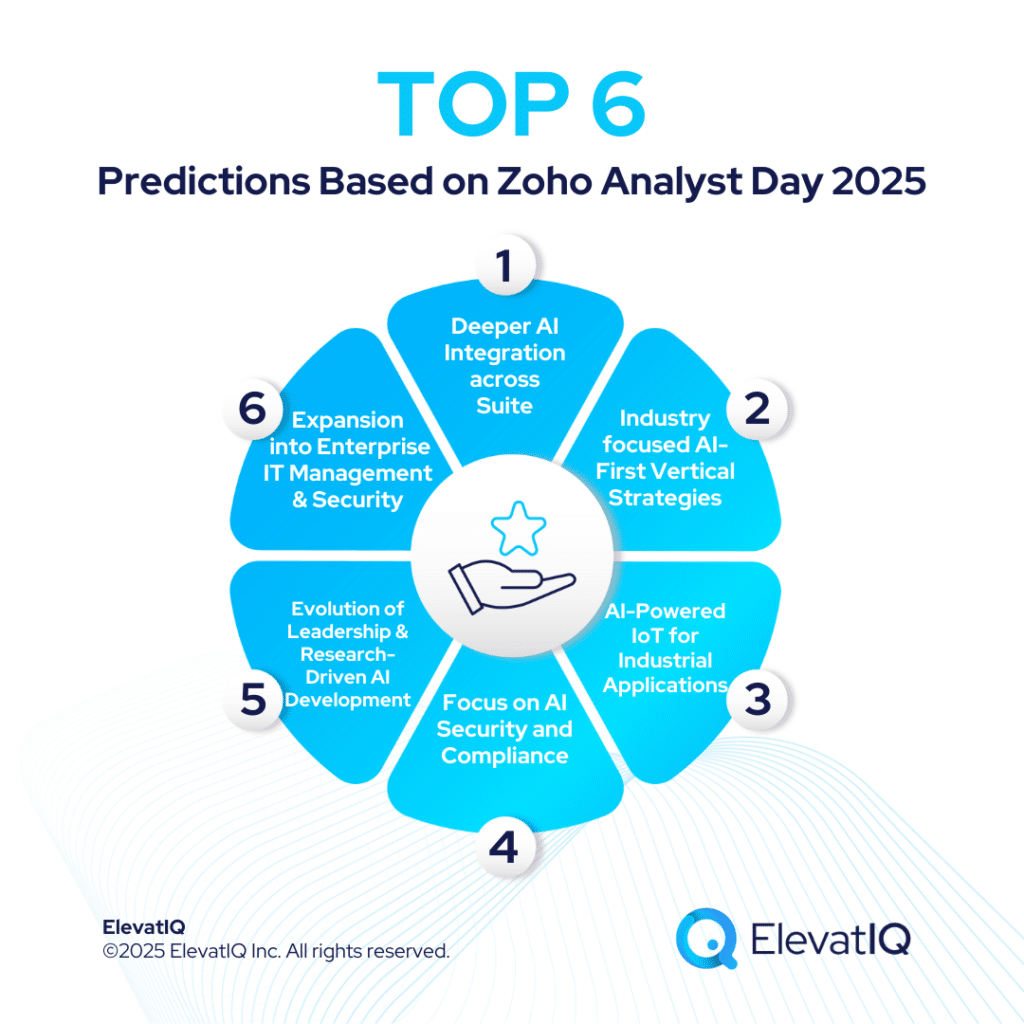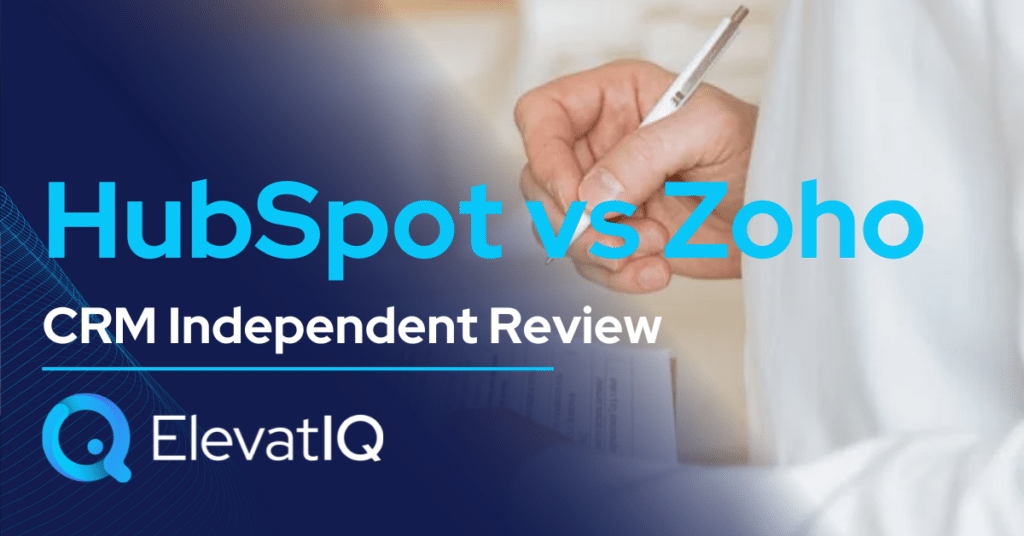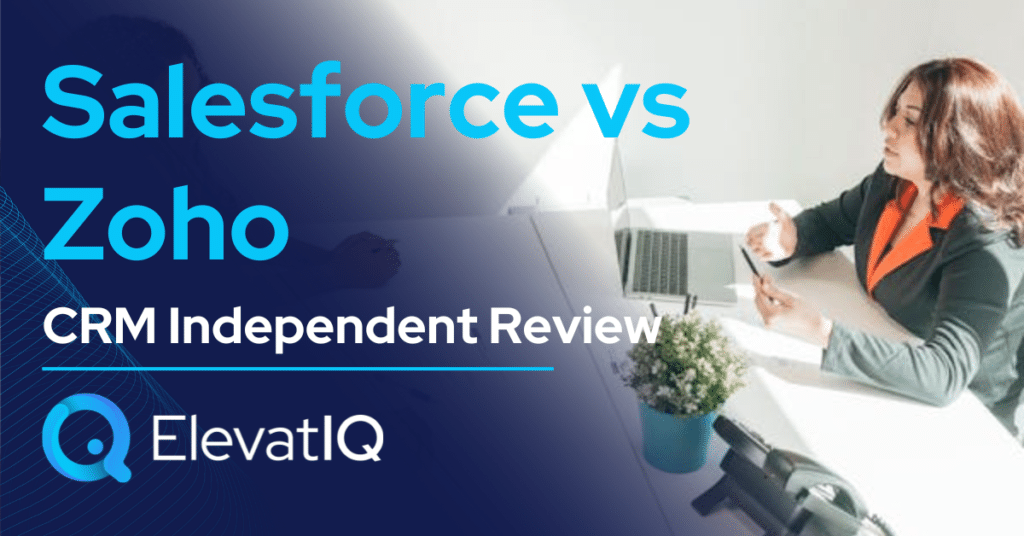Zoho CRM has introduced a suite of updates in its Q1 2025 release, enhancing its enterprise-grade features to better cater to complex sales processes, customer engagement, analytics, and team collaboration. The updates cover a broad spectrum – from messaging integrations and ABM enhancements to advanced analytics and AI capabilities This indicates a focused push toward deeper customer intelligence and automation. Below is the breakdown of the new capabilities, their functionalities, and what they could mean for users of the platform.
Structured Breakdown of Key Updates
1. Expanded Messaging Integrations
Zoho CRM has strengthened its communication capabilities through deeper integrations with WhatsApp for Business and Line. WhatsApp users can now create and manage message templates, automate message delivery, and preview audio clips. A threaded reply format enhances continuity in customer conversations. Meanwhile, businesses using Line can manage messages, assign conversations, and share files—all from within the CRM interface. Thus, improving coordination among customer-facing teams.
2. Account-Based Marketing (ABM) Tools
The new ABM add-on allows businesses to focus on high-value accounts by segmenting them using RFM, firmographics, engagement metrics, and voice-of-the-customer data. Accounts can be enriched with external data sources, and personalized campaigns can be built and executed via Zoho Campaigns and CommandCenter. A new dashboard allows marketers to monitor account engagement and campaign performance in real time.

3. CPQ: Configure, Price, Quote Enhancements
The Guided Selling tool now extends support to custom modules, allowing businesses to create tailored selling workflows. This helps in structuring complex pricing logic and streamlining proposal generation across varied sales pipelines.
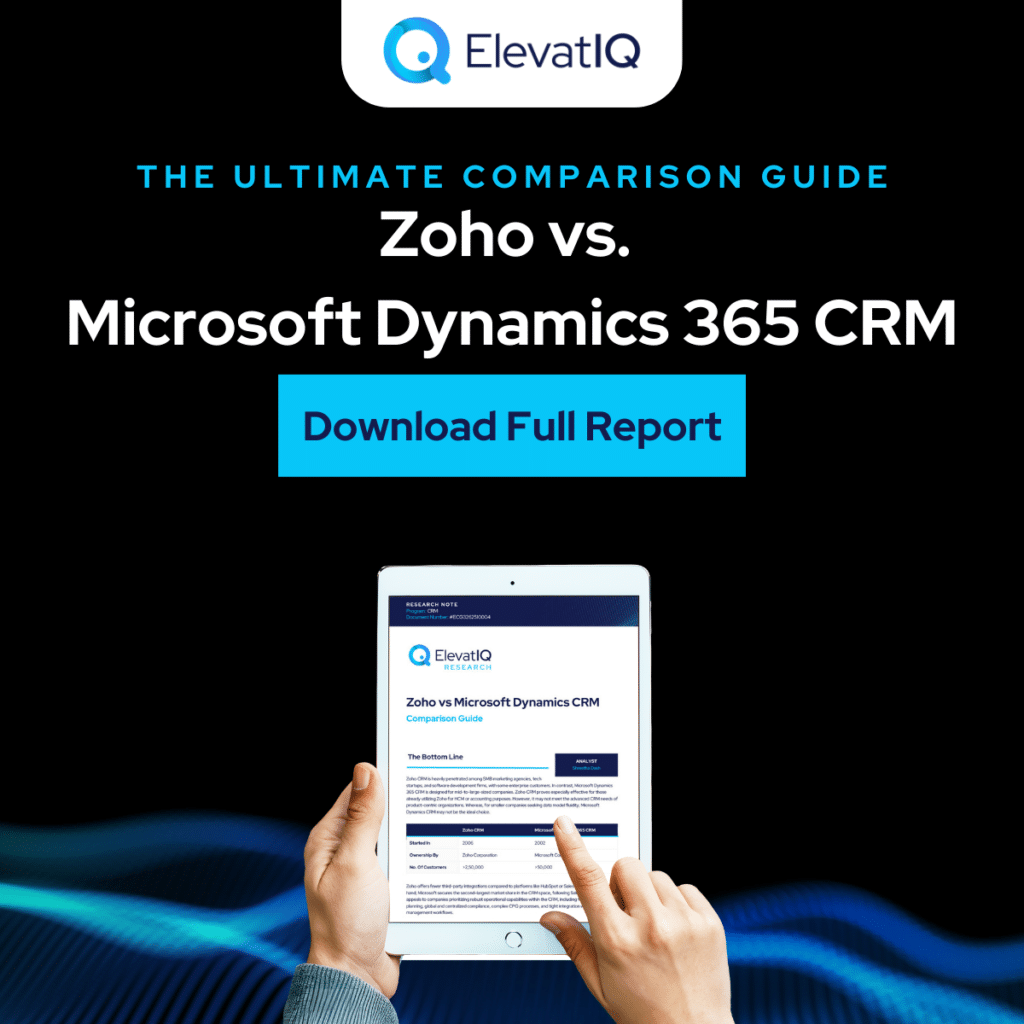
4. Kiosk Studio Enhancements
New features include the ability to reuse record-fetching components, view detailed records, and perform in-app actions such as opening specific records or links. Users can now clone kiosks, reorder buttons, and even use the kiosk screen without interactive buttons. Logged-in user variables and email field usage in actions are also supported.
5. Improved Subforms for Better Data Management
Subform permissions can now be customized (View, Create, Edit, Delete), including support for portal users. Other usability improvements include multi-column pinning, adjustable widths, and bulk row operations, making data handling more flexible and user-centric.

6. Formula Fields: More Control and Real-Time Updates
Formula fields using the Now() function can auto-refresh, ensuring real-time accuracy. Additionally, formulas can now be conditionally executed, allowing users to avoid unnecessary computations based on the record’s state.
7. Team Selling and Revenue Splits
Users can assign multiple stakeholders to a single deal. Two types of revenue splits are introduced: Revenue Split for direct contributors and Overlay Split for supporting roles. This structure supports collaborative selling and clear attribution of performance.
8. Forecasting Tools Get Smarter
Forecast hierarchies are now customizable, enabling users to exclude certain roles or territories. Forecasts can be manually adjusted by deal owners or managers. Notably, Zia – Zoho’s AI, now monitors performance deviations and sends alerts to sales leaders when anomalies are detected.
9. Advanced Analytical Charts
Five new chart types – Sankey, Waterfall, Treemap, Butterfly, and Cluster, enhance Zoho CRM’s data visualization capabilities. These allow deeper insights into process flows, metric changes, hierarchical data, comparative analysis, and grouped values respectively.
10. Revamped Data Sharing Rules
The redesigned UI for data sharing includes a dual-tab layout, module-level visibility, one-click activation, and the ability to clone rules. Search and filters have also been introduced, allowing easier access and governance.
11. Expanded Client Script Capabilities
Client scripts now support subform actions and are available in customer, partner, and vendor portals. Thus, improving user interactions and external stakeholder engagement.
12. QuickML Integration for Custom AI
QuickML enables no-code machine learning model creation directly within Zoho CRM. Businesses gain control over data preparation and model optimization, making it easier to build AI solutions suited to specific use cases.
13. Voice of the Customer (VoC) Updates
VoC now ingests data from platforms like YouTube and third-party review sources. It also moves from keywords to key phrases for higher clarity and introduces drill-down features for examining underlying sentiments.
Common Questions We Are Hearing
- Is WhatsApp automation compliant with regulations? Businesses are questioning whether the message templates and automated messaging features comply with region-specific data privacy laws.
- How will revenue split impact commission structures? Sales teams are keen to understand how revenue attribution will affect incentive payouts.
- Is QuickML truly no-code for non-technical users? There’s curiosity about the learning curve and whether QuickML is usable without data science expertise.
- Will VoC insights from YouTube and product reviews be reliable? Some stakeholders are skeptical about the accuracy and actionability of sentiment analysis from unstructured content.
Analyst’s Take
Merits and Demerits of Features
The update is ambitious and clearly aimed at enterprise-scale use. Features like revenue splits, ABM segmentation, and QuickML reflect a deeper commitment to data-driven selling and operational automation.
- Merits:
- Businesses can better align sales and marketing through ABM.
- Real-time forecasting and anomaly detection with Zia improves risk management.
- Client script expansion and subform permissions allow tighter process control.
- Demerits:
- Some features, like QuickML and ABM, might have a steep learning curve.
- Expanded communication tools need careful compliance vetting in regulated industries.
- The abundance of options could overwhelm SMB users.
Impact on Key Stakeholders
- Sales Teams: Benefit from better attribution and forecasting.
- Marketing Teams: Gain advanced segmentation and personalized campaign tools.
- IT/Admins: Will have to spend time configuring rules, permissions, and AI models.
- Customers: Likely to experience faster, more personalized engagement, provided teams implement features well.
Future Predictions
Zoho CRM is clearly moving toward consolidating enterprise CRM, AI, and analytics under one roof. The emphasis on automation, segmentation, and AI-driven insights aligns with industry-wide trends, especially in hyper-personalization and collaborative selling.
If adoption is seamless, Zoho CRM may compete more directly with giants like Salesforce and Microsoft Dynamics in enterprise segments. The challenge will lie in ensuring usability and ROI for mid-market users.
